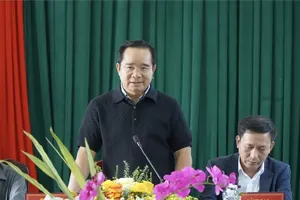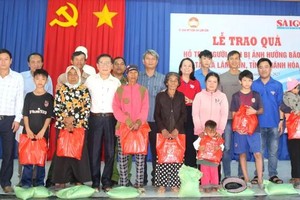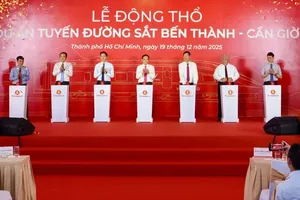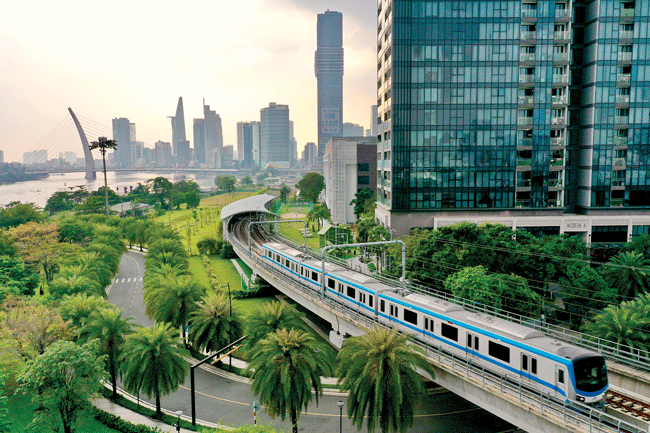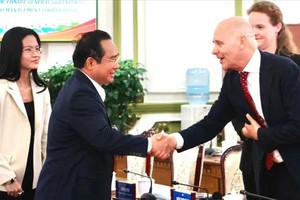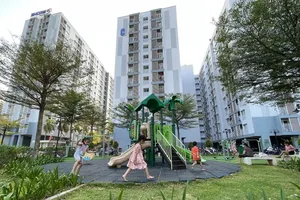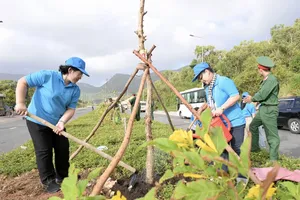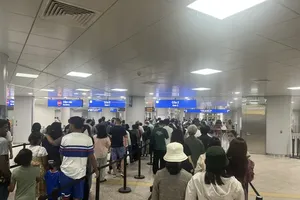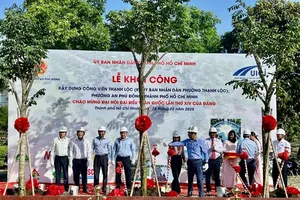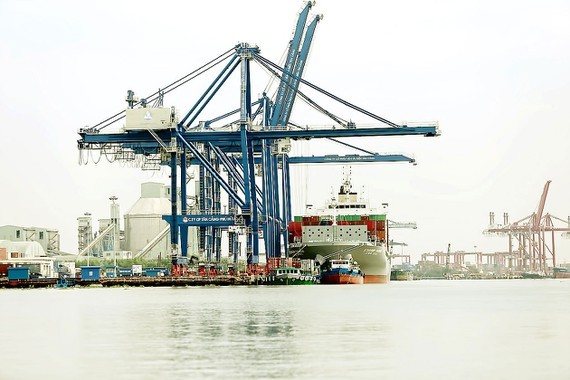
Commenting on the news of Vietnam National Shipping Lines (VNSL) proposing to build a ‘mega-port’ at the water near Ho Chi Minh City and the provinces of Ba Ria – Vung Tau, Dong Nai, Binh Duong, Dr. Nguyen Duc Kien stressed that the Government only creates favorable conditions for the market and related businesses to make an investment decision on port construction, but will not impose any administrative order to interfere with this decision.
Not being sure of the foundation for such a proposal, he could not give a detailed comment for the matter. However, he added that to achieve the goal of transforming Vietnam into an industrial nation with a high-middle income in 2030, the estimated national import-export turnover must reach US$1,200-1,400 billion a year. This means a necessity to form large-scale seaport clusters that can effectively compete with their neighboring counterparts like Kaohsiung Port in Taiwan (China) or the one in Singapore.
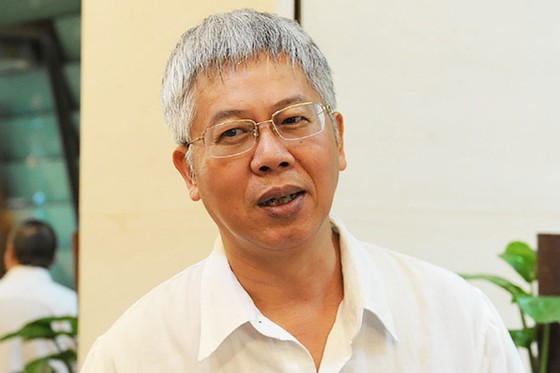
For the past many years, Vietnam has not paid much attention to corresponding infrastructure like traffic systems and warehouses around a seaport. As a result of weak logistics, those seaports cannot operate at their full capacity.
As to the proposed ‘mega-port’, HCMC needs to consider its master and local planning as well as the national socio-economic planning. Under the socio, economic, and environment views, it will be a precise decision to build such a large-scale port if the city wishes to move its industrial activities to Can Gio District. But if this area is planned for tourism development, the proposal becomes illogical. Instead, more investments to upgrade Cai Mep – Thi Vai International Terminal is more sensible. Alternatively, it is possible to sell shares to joint ventures so that they can carry out operational upgrades and improve performance.
It is also worth mentioning that HCMC needs to scientifically allocate its already limited land resources, learning from the experience of other developed countries. For example, ships can load and unload cargos at wharfs instead of using river banks.
What is more, since the ground in Can Gio District is generally soft, it is rather costly for the building of roads and bridges for logistics improvement. This is similar to the case of Lach Huyen Port in Hai Phong City. Experts suggested a reduction of the number of docks from 12 to 4 or 6, along with the consideration of developing Nam Do Son Seaport, Van Uc River Port.
Dr. Kien added that the construction of a new ‘mega-port’ in any location, not just Can Gio District, requires in-depth analysis of all mentioned factors since this structure is the critical facilities for national economic development. He also advised the careful use of the term ‘mega-port’ since it is quite qualitative.
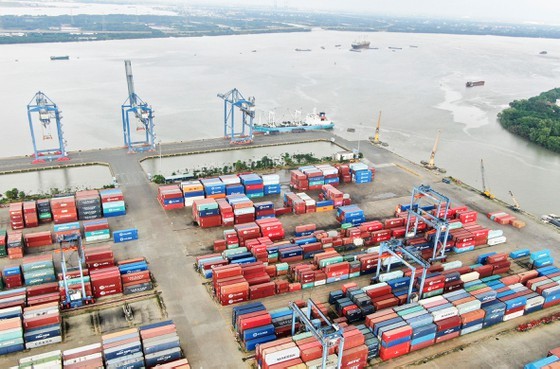
More importantly, he wondered if there is a need to adjust the existing seaport planning by the Transport Ministry since the fourth port planning only mentions those in Cai Mep area in Ba Ria – Vung Tau Province. Vietnam now has many ports, and several of them are not working at their full capacity. The potential influence of the to-be port to Can Gio eco-city should also be analyzed in the proposal.
Former Vice Chairman of the HCMC Institute for Development Studies Hoang Minh Tri stated that during its amendment period for the general construction planning, HCMC should work with its districts and related ministries to review seaport planning in the city and the fourth seaport cluster. From that and socio-economic development requirements, environment factors, the ‘mega-port’ construction project will be greenlighted or not.
Obviously, based on environment impacts only, it is less polluted to build such a ‘mega-port’ on Phu Loi Island than to form an urban area, since containers can be transported here via inland waterway and coastal roads from both the Southwestern and Southeastern parts.
However, other factors that affect Can Gio coastal area as well as ocean currents here (e.g. is there any harmful change to the inland and coastal waterways when the ‘mega-port’ exists and the volume of goods transported via waterway remarkably increases?) must be considered.

